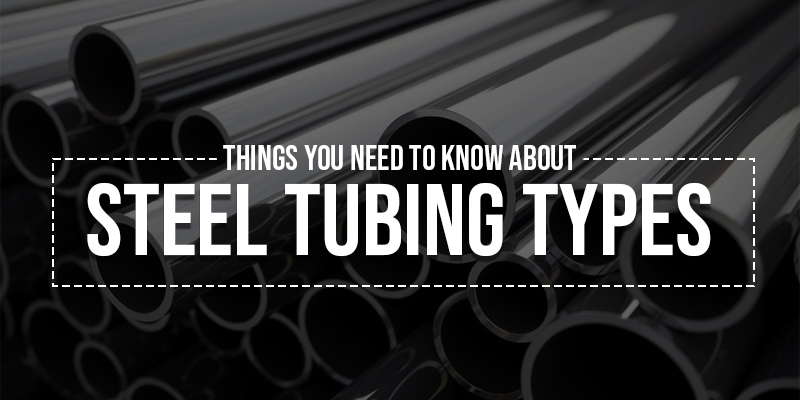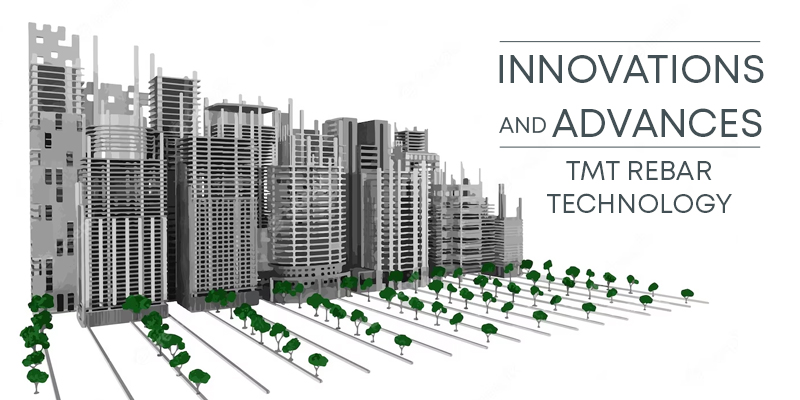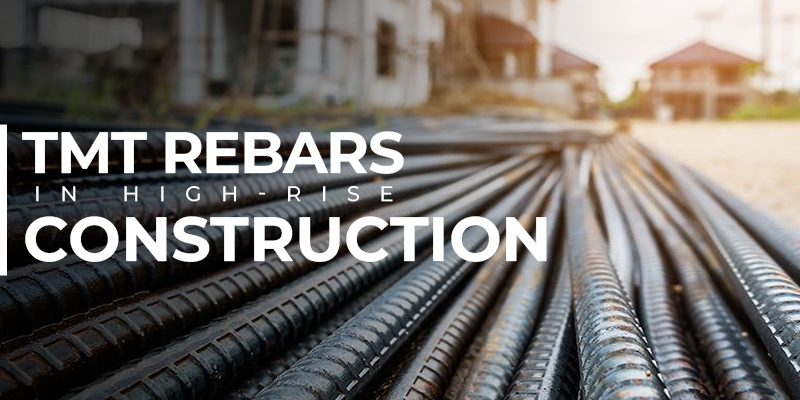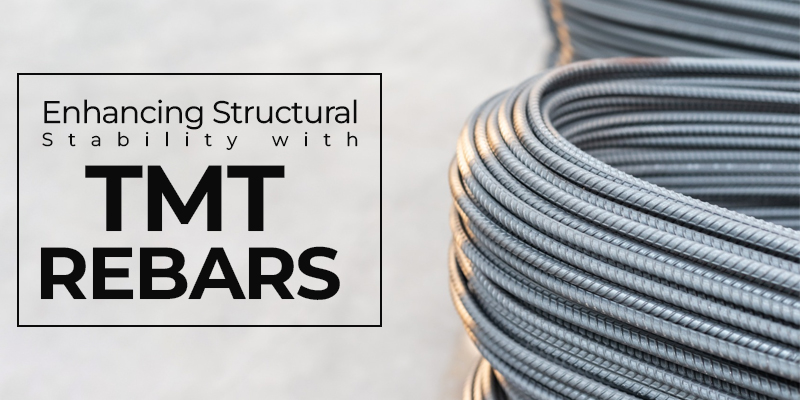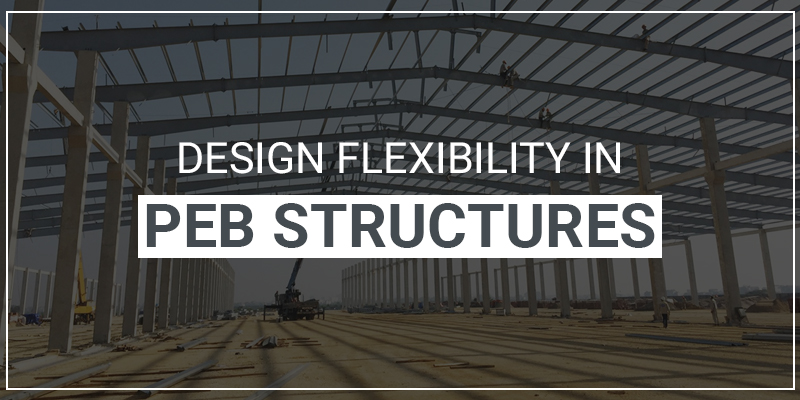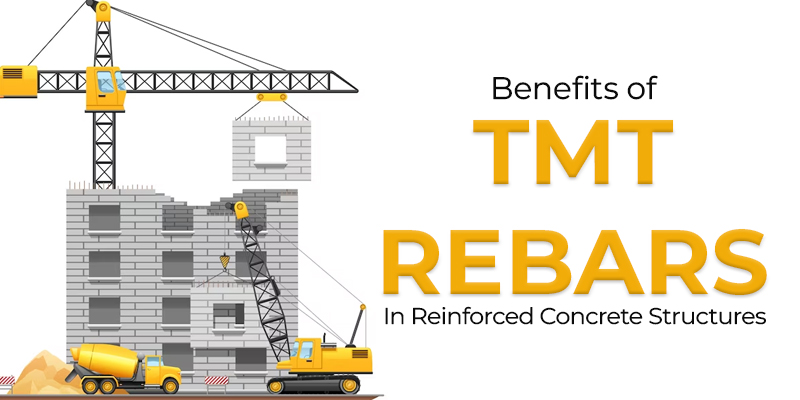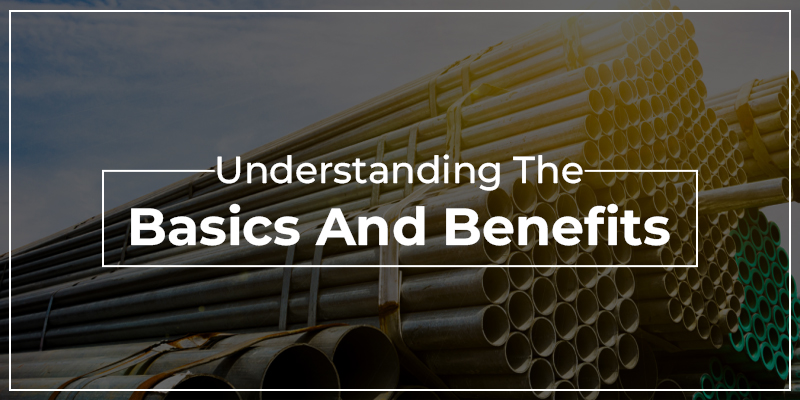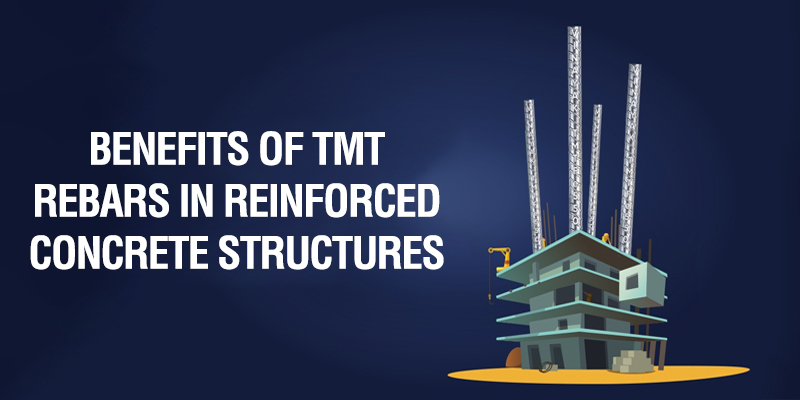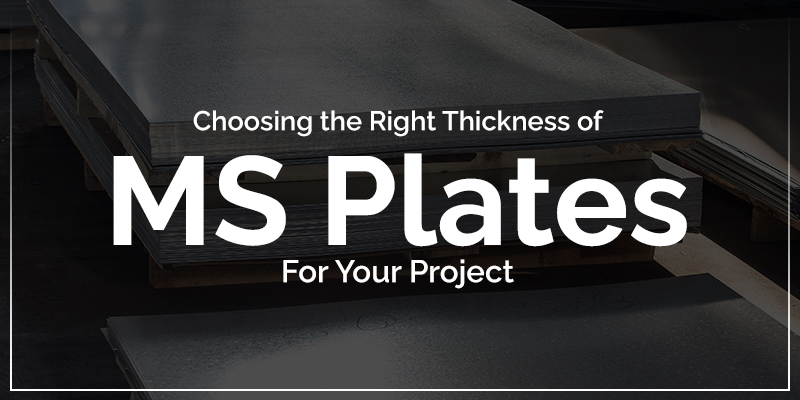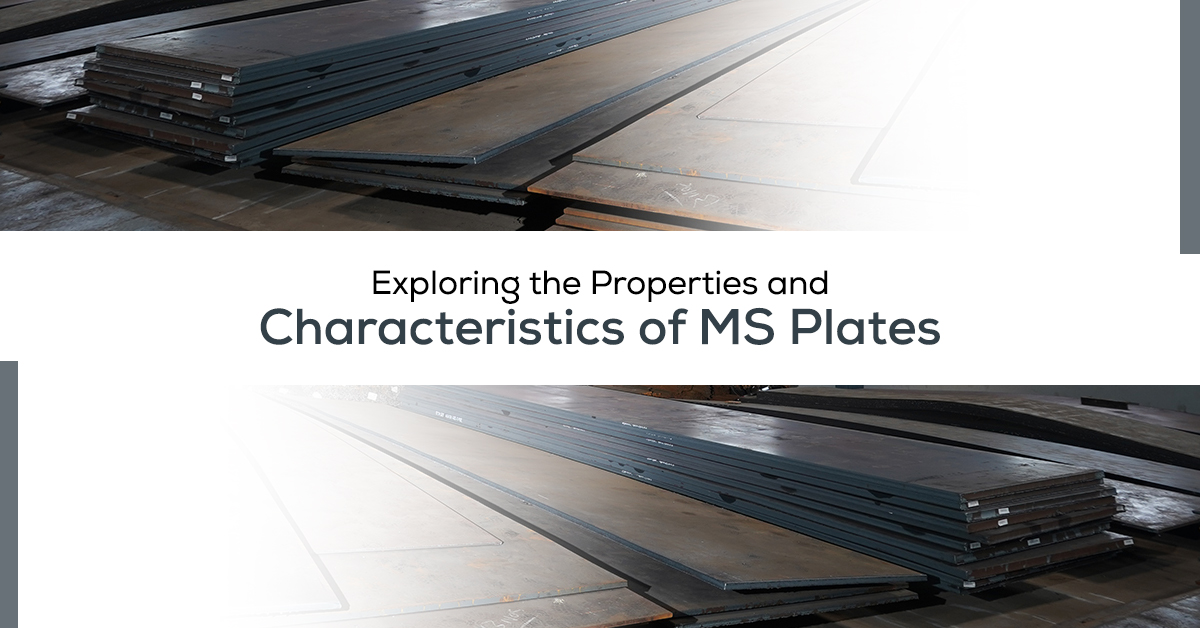For any construction, top-notch steel components are essential to ensure the structure withstands harsh environmental conditions and unforeseen natural calamities.
One such engineering component is steel tubing which holds immense significance as a construction material in diverse applications. The steel suppliers in Chennai boast a range of steel tubing, each characterized by its distinct properties that cater to unique construction requirements.
Thus, this blog will explore various steel tubing types and the ideal applications where they excel. With this knowledge, you can confidently make well-informed choices tailored to your needs.
Carbon-Steel Tubes:
The foremost type is carbon steel tubes which have remarkable strength and ability to withstand extreme stress and find heavy-duty applications in everyday use, such as infrastructures, distilleries, and ships.
Due to its shock resistance and withstanding capacity of various environmental conditions, many construction companies ensure the use of these steel tubes in their building along with SAIL TMT bar for additional strength.
Furthermore, the ease of manufacturing allows for customization of thickness and dimensions. This tubing can be easily cut and bent to accommodate various applications. It serves well in structural roles such as boiler and condenser tubes, chemical processing, shipbuilding, building foundations, and numerous other uses.
Alloy-Steel Tubes:
All steel types are known as alloys but cannot be categorized under this category. So, steel tubing is called alloy-steel tubes when it contains elements like chromium, manganese, boron, nickel, vanadium, silicon, and much lesser alloy components such as copper, lead, titanium, aluminum, and zinc. Hence, these elements’ presence enhances the tubing’s mechanical properties.
In addition, alloy steel tubing showcases unmatched hardenability, corrosion and wear resistance, toughness, hot hardness, and strength, making it highly advantageous for different applications. These applications include structural components, power-generating equipment, chemical processing equipment, pressure vessels, automotive parts, military vessels,etc.
Furthermore, alloy steel tubing is instrumental in producing various steel products such as wires, rods, flanges, rails, bars, etc.
Galvanized-Steel Tubes:
Galvanized-steel tubes are where steel tubing undergoes galvanization by immersing itself into the zinc(molted) to form a protective layer on the outer surface. The primary purpose of this protection layer is to prevent the alloy steel tubing from corrosion and rust, making it suitable for various construction and industrial purposes such as scaffolding, handrails, and fencing.
If you consider the automotive industry, galvanized steel tubing is widely used due to its excellent strength. These tubings are ideal for making suspension components, exhaust systems, and many more. Moreover, these tubings can withstand high pressure, making them suitable for plumbing and electrical applications.
These are available in various sizes and shapes, offering flexibility and versatility over applications.
Structural-Steel Tubes:
Finally, structural-steel tubes (hollow-structural sections) are made out of steel (flat-rolled), which can be shaped into square, rectangular, circular cross-sections, or tubular. The primary reason behind these designs is to offer strength, durability, and less weight in various applications such as framings, building constructions, supports, bridges, highway guardrails and columns. Moreover, its versatility extends to agricultural equipment, machinery manufacturing, and various motor applications.
Hence, understanding these different types of steel tubings helps you to make informed decisions on choosing the suitable material. Approach Bharat Steel, one of the best steel dealers in Chennai for quality steel pipes, tubes, MS chequered plate, beams, channels, and other steel components.

